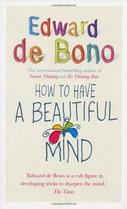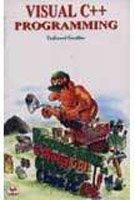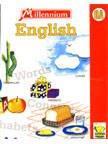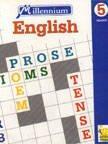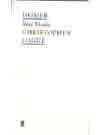 4.0%OFF
4.0%OFF

Download App
| >> | LShop | >> | Book | >> | Health & Personal De... | >> | Self-help & Personal... | >> | Solid State And Quan... |
 4.0%OFF
4.0%OFF
Solid State and Quantum Theory for Optoelectronics
-
ISBN
:
9780849337505
-
Publisher
:
CRC Press
-
Subject
:
Self-help & Personal Development, Education, Physics
-
Binding
:
HARDCOVER
-
Pages
:
848
-
Year
:
2009
₹
29854.0
 4.0% OFF
4.0% OFF
₹
28659.0
Buy Now
Shipping charges are applicable for books below Rs. 101.0
View Details(Imported Edition) Estimated Shipping Time : 25-28 Business Days
View Details-
Description
While applications rapidly change one to the next in our commercialized world, fundamental principles behind those applications remain constant. So if one understands those principles well enough and has ample experience in applying them, he or she will be able to develop a capacity for reaching results via conceptual thinking rather than having to always rely on models to test various conditions. In Solid State and Quantum Theory for Optoelectronics, Michael Parker provides a general conceptual framework for matter that leads to the matter-light interaction explored in the authorx2019;s Physics of Optoelectronics (CRC Press). Instead of overburdening readers with the definitionx2013;theoremx2013; proof format often expected in mathematics texts, this book instructs readers through the development of conceptual pictures. Employing a proven pedagogic approach, as rigorous as it is intuitive, Professor Parker x2013; Provides several lead-ins to the quantum theory including a brief review of Lagrange andHamiltonx2019;s approach to classical mechanics and the fundamental quantum link with Hilbert space Demonstrates the SchrxF6;dinger wave equation from the Feynman path integral Discusses standard topics such as the quantum well, harmonic oscillator, representations, perturbation theory, and spin Expands discussion from the density operator and its applications to quantum computing and teleportation Provides the concepts for ensembles and microstates in detail with emphasis on the derivation of particle population distributions across energy levels Professors Parker includes problems to help readers understand and internalize the material. But just as important, the working-through of these problems will help readers develop the sort of approach that, instead of wholly relying on models, enables them to extrapolate solutions guided by informed intuition developed over the course of formal study and laboratory experiment. It is the kind of conceptual thinking that will allow readers to move with deeper understanding from optical applications to more theoretical topics in physics.
Related Items
-
of












 28659.0
28659.0





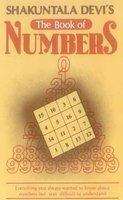
 135.0
135.0

